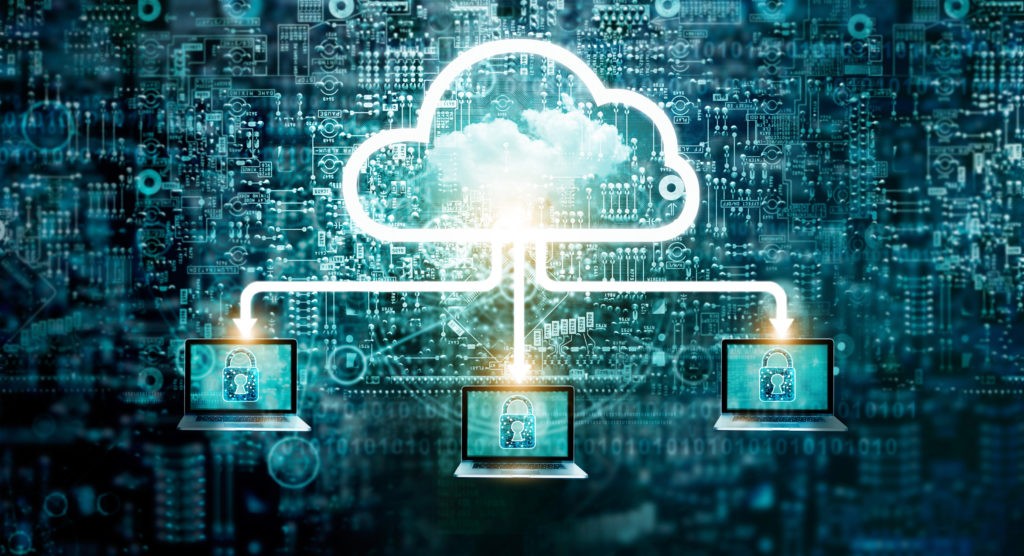February 20, 2025
It feels like Artificial intelligence, AL, is everywhere and rapidly growing more sophisticated. As that happens, its appetite for power grows apace. Now ravenous, it’s soon to be nearly insatiable. Why? Sprawling neural networks, enormous datasets, complex algorithms, and specialized AI-optimized hardware (namely GPUs and TPUs). As this blog post rightly explains, “Training a large language model like GPT-3 can require the equivalent of thousands of years of CPU time compressed into a few weeks or months.”
Consequently, data centers (which reportedly use more energy than all but 16 countries, including the U.S. and China) that house all the necessary hardware, cooling systems and other infrastructure are being forced to greatly expand capacity. A recent McKinsey analysis indicates that “global demand for data center capacity could rise at an annual rate of between 19 and 22 percent” between now and 2030 on its way to a quadrupling or quintupling of the current capacity. The result: “a significant supply deficit. To avoid a deficit, at least twice the data center capacity built since 2000 would have to be built in less than a quarter of the time.”
Besides greater energy consumption, that means:
- Higher operating costs: This includes a host of expenses for hardware and infrastructure, data collection, preparation and storage, development team personnel, model training, algorithm development, deployment and maintenance and regulatory compliance—among other areas.
- More stress on power grids: According to Bloomberg, “The almost overnight surge in electricity demand from data centers is now outstripping the available power supply in many parts of the world, according to interviews with data center operators, energy providers and tech executives. That dynamic is leading to years-long waits for businesses to access the grid as well as growing concerns of outages and price increases for those living in the densest data center markets.” Discussions are ongoing about the need for new energy sources, including nuclear, to alleviate the strain.
- The need for more innovative and efficient cooling solutions: As Forbes has noted, a process called “immersion cooling” is set to go “mainstream within the next four years, with the market growing from $251 million in 2021 to over $1.6 billion by 2027. This will significantly impact data center infrastructure requirements, and business leaders must know if their data center operators are willing to make the investment necessary to support this transition in the near term.”
With the required computational power of AI reportedly doubling every 100 days, then, there’s no time to waste. CIOs, in particular, are leading the AI charge and need to prioritize when it comes to strategic planning, infrastructure optimization, cost management, sustainability, talent acquisition and development, and security and compliance. Let’s explore each of those in more depth.

Strategic Planning
This excellent CIO.com story is based on feedback from CIOs and other experts. “The world plunged headfirst into the AI revolution,” it begins. “Now many are admitting they weren’t quite ready.” With input from CIOs, researchers and advisors, the article presents ten questions CIOs should pose to themselves and their C-suite colleagues. Among them: “What are we trying to accomplish, and is AI truly a fit?” “How does our AI strategy support our business objectives, and how do we measure its value?” And, “What ROI will AI deliver?” The story’s lead says it all:
Infrastructure Optimization
This post from IBM offers seven ways businesses (and, therefore, CIOs) can optimize their infrastructure for AI. Among them: Invest in high-performance computing systems that can handle AI; focus on scalability and flexibility with cloud platforms and container orchestration technologies; make data processing pipelines more efficient by leveraging distributed storage and various processing frameworks; parallelize AI algorithms across multiple compute nodes to accelerate model training and inference.
Cost Management
The pay-as-you-go pricing model seems to be the prevalent one at present. “Most enterprises, especially outside of tech, face significant barriers to implementing in-house AI infrastructures that are capable of running highly advanced models,” Chris Nardecchia, CIO of Rockwell Automation, told CIO.com. “While building from scratch is out of reach for most, consumption-based models allow CIOs to implement AI incrementally with more measurable ROI.”
Sustainability
Gartner has a host of suggestions for making AI more sustainable. A few of them: Adopt so-called composite AI, “which uses network structures to organize and learn similarly to the efficient human brain”; “Monitor energy consumption during machine learning, and stop training AI as soon as improvements flatten out and no longer justify the costs of continuing”; “Manage when and where the AI workload happens. The carbon intensity of local energy supplies varies by country, generating authority, time of day, weather conditions, transfer agreements, fuel supply and other factors.”
Talent Acquisition & Development
In addition to hiring external specialists for things like data engineering, prompt engineering and coding, there’s a big push for reskilling current employees. “In the near term, building AI education and fluency within an organization’s workforce will be especially important to fostering adoption and overcoming initial resistance to change,” Deborshi Dutt, US AI strategic growth leader at Deloitte, told CIO.com. “In the longer term, upskilling or reskilling paired with redesigning work processes and career paths will be essential for capturing generative AI’s full value and positioning workers for future success.”
Security & Compliance
In a recent essay for Information Week, Bofu Chen, Founder and CTO of Numbers Protocol, offered his expert insights: Understand what regulators are trying to achieve; futureproof yourself with good data governance; balance regulations and innovation; and invest in data provenance. “Failing to comply with regulations can mean substantial fines,” Chen wrote, “but at the same time, if [CIOs] act conservatively, they risk hindering innovation and facing a backlash from both shareholders and the market.”
As for the very short-term—this year: “Given how fast AI capabilities are evolving,” Isaac Sacolick, President of StarCIO, wrote in January, “I expect more CIOs will adopt a ‘less is more’ approach in 2025 to selecting and managing technologies and bet on platforms offering greater interoperability and portability.”
About Mindsight
Mindsight delivers enterprise managed services and technology solutions to the mid-market across a variety of industries including manufacturing, financial services, government, education – just to name a few. Our solution architects and engineers are 100% expert-level and work as an extension of your IT team. Mindsight is headquartered in Downers Grove, IL, a suburb of Chicago.
Mindsight is part of the ACP CreativIT Family of Technology Solution Providers

